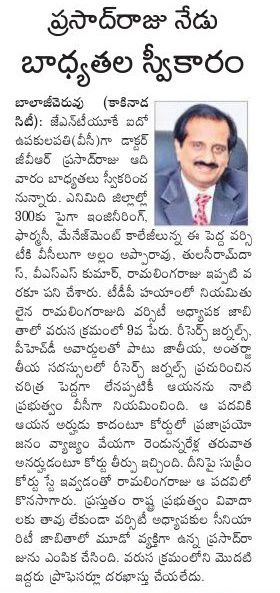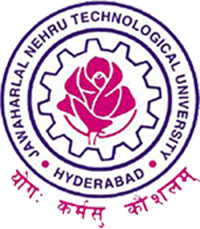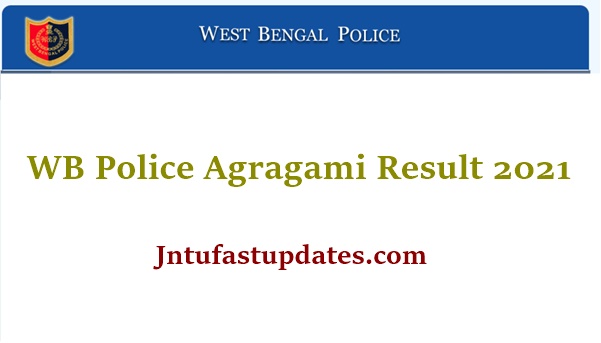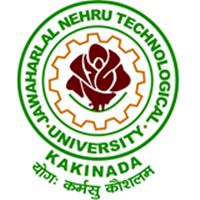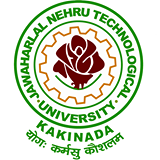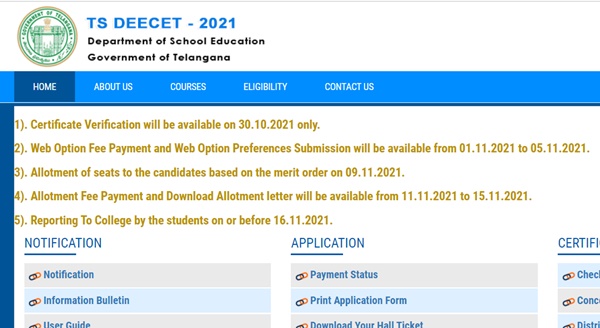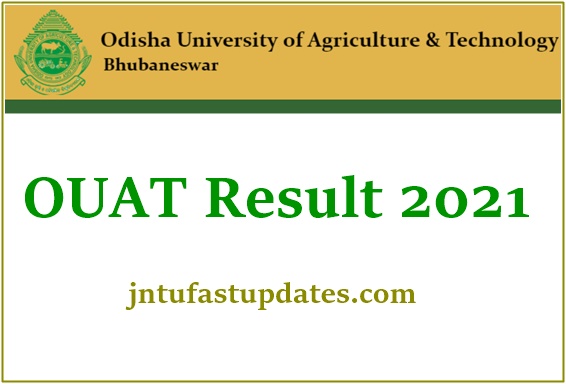JKSSB JE Result 2021, Selected Candidates List : Jammu & Kashmir Service Selection Board (JKSSB) organized the written test round for Junior Engineer (JE) posts recently. Junior Engineer (Civil) written test was held from 27th to 31st October 2021 and Junior Engineer (Mechanical) was held on 2nd November 2021. Thousands of aspirants have competed for the JKSSB JE written test this year. Competitors can download JKSSB JE Answer Key for the respective date and respective set (A, B, C, D) from the official website, jkssb.nic.in. The organization released the JE exam key for all dates and all sets for the accessibility of the competitors. By going through the key, competitors can understand their attempts and can check the chances of qualifying for the test. Soon, the JKSSB is going to announce the JE results date on its official website. Along with the result, the JKSSB is going to announce the merit list. Candidates’ names mentioned in the merit list will be called for the interview round. As soon as the result is declared, aspirants can check their score obtained in the examination and also the merit list with qualified candidates’ names. Aspirants who are waiting for JKSSB JE Merit List 2021 can wait for a few days to check the results and merit list.
JKSSB JE Result 2021 – Junior Engineer Civil, Mechanic Merit List & Cutoff Marks
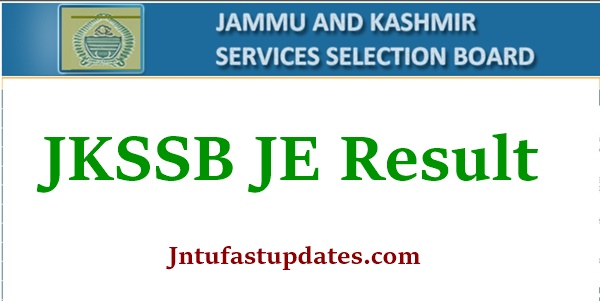
Jammu & Kashmir Service Selection Board (JKSSB) is one of the prominent organizations in JK state. The organization releases various notifications every year to recruit manpower into various posts. The organization has recently released a recruitment notification [Advt No: 05 of 2020] for 144 (Civil) + 30 (Mech) Vacancies. Aspirants having the suitable eligibility criteria have applied for the announced posts within the scheduled application dates. The organization received a large number of applications from interested and eligible aspirants. The selection of candidates will be done through the written test and interview rounds. Candidates qualifying the selection rounds will be appointed to the Junior Engineer Posts.
JKSSB JE Result 2021, Score Card – Important Details
| Organization Name | Jammu & Kashmir Service Selection Board (JKSSB) |
| Post Name | Junior Engineer (Mechanical), Junior Engineer (Civil) Advt No: 05 of 2020 |
| No. Of Posts | 144 (Civil) + 30 (Mech) Vacancies |
| Location | Jammu & Kashmir |
| Exam Date | Junior Engineer (Civil) – 27th to 31st October 2021 & Junior Engineer (Mechanical) – 2nd November 2021 |
| Category | Result |
| Results Release Date | November 2021 (expected) |
| Official Site | jkssb.nic.in |
Download JKSSB JE Result 2021, Qualified Candidates List @ jkssb.nic.in
JKSSB organized the JE written test round for Mechanical and Civil posts on various dates from 27th October to 2nd November on various dates. A large number of aspirants have competed for the JKSSB JE written round and waiting for the result can keep checking the JKSSB portal to check the result updates. The organization is likely to release the JE result in November [tentatively]. JKSSB JE [Civil and Mechanical] result will be accessible to download on JKSSB Official website, jkssb.nic.in.
JKSSB JE result will contain the following details.
- Name of the selected candidates
- Year
- Notification No.
- Date of birth
- Branch (Mechanical/Electrical/ Civil)
- Caste/category
- Gender
- Application number
- Marks obtained by the candidates
- Total marks
- Important instructions to candidates
JKSSB JE Cutoff marks/qualifying marks 2021
The JKSSB will announce the JKSSB JE Cutoff Marks/Qualifying marks. The organization decides cutoff marks by various factors such as the number of posts, level of competition, the difficulty level of the examination, and various other factors. Competitors who had participated in the written test round can check the qualifying marks by visiting the JKSSB Official website, jkssb.nic.in. Candidates qualifying the written test round with required cutoff marks will be taken into consideration for the announced posts. JKSSB JE cutoff marks category-wise will be announced for various categories such as general, BC, SC, ST, and others.
JKSSB JE Merit List 2021
The organization is going to announce the merit list for Junior Assistant Posts. Candidates who clears the written test round with more than announced qualifying marks are said to be cleared the written test phase. The aspirants who cleared the written test round are eligible for the Document Verification round. Candidates who competed for the JKSSB JE written test 2021 can check the merit list along with the result, which is going to be available soon at JKSSB official website, jkssb.nic.in. The merit list will be revealed for all the branches of JE posts such as Civil and Mechanical.
Steps to download JKSSB JE Result 2021
- Visit the JKSSB official website, jkssb.nic.in
- On the homepage, search for result link for the announced posts.
- Click on the link when the result is available.
- Enter the required login credentials.
- Tap on the download button.
- JKSSB Jr. Engineer result will be downloaded.
- Check the result and take a printout of it.
Check Here: JKSSB JE Civil & Mechanical Result, Merit List – Available Soon
FAQs
The organization is likely to release the JE result in November [tentatively].
JKSSB JE [Civil and Mechanical] result will be accessible to download on JKSSB Official website, jkssb.nic.in.
JKSSB JE cutoff marks category-wise will be announced for various categories such as general, BC, SC, ST, and others. Competitors who had participated in the written test round can check the qualifying marks by visiting the JKSSB Official website, jkssb.nic.in.

320-x100(1).gif)

